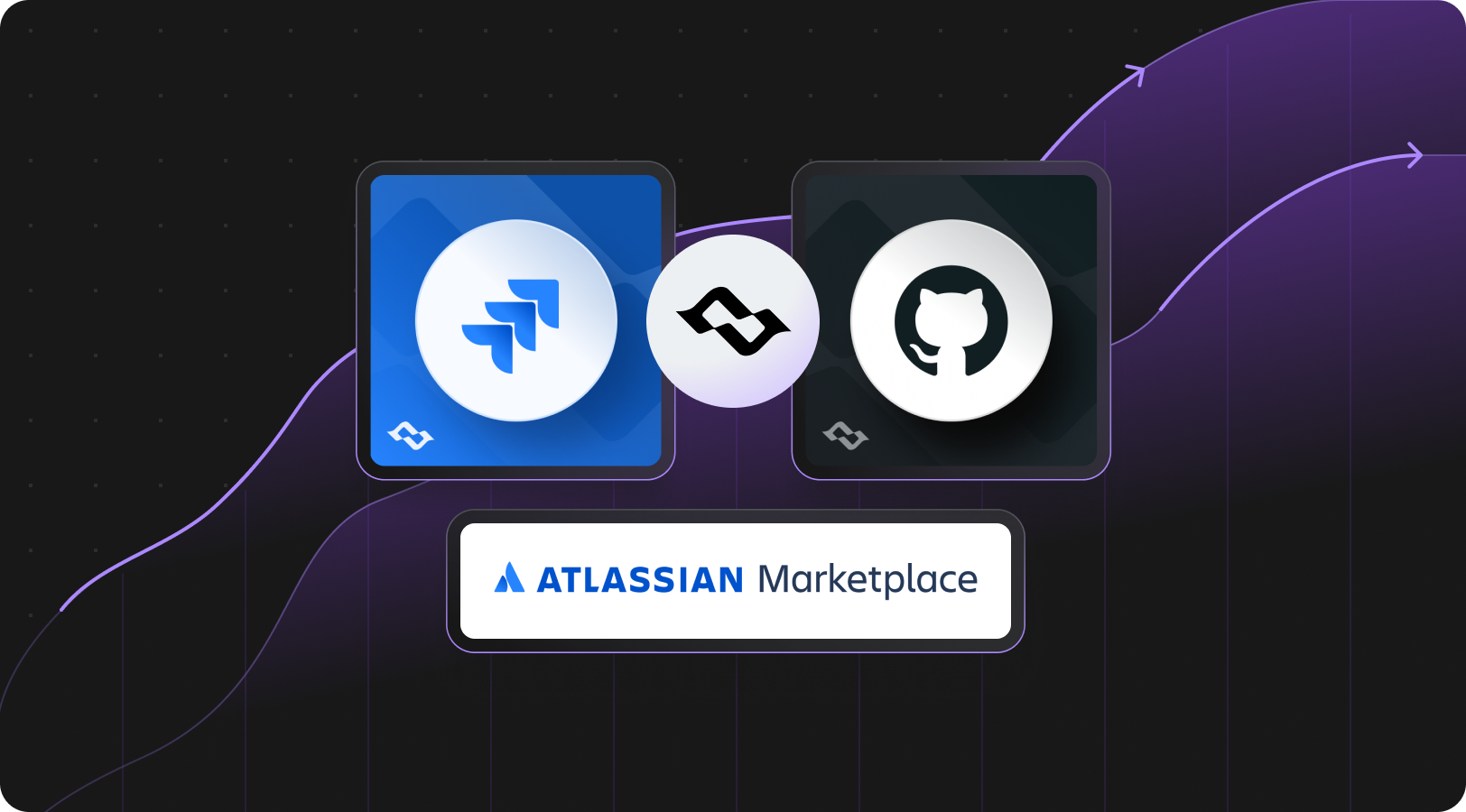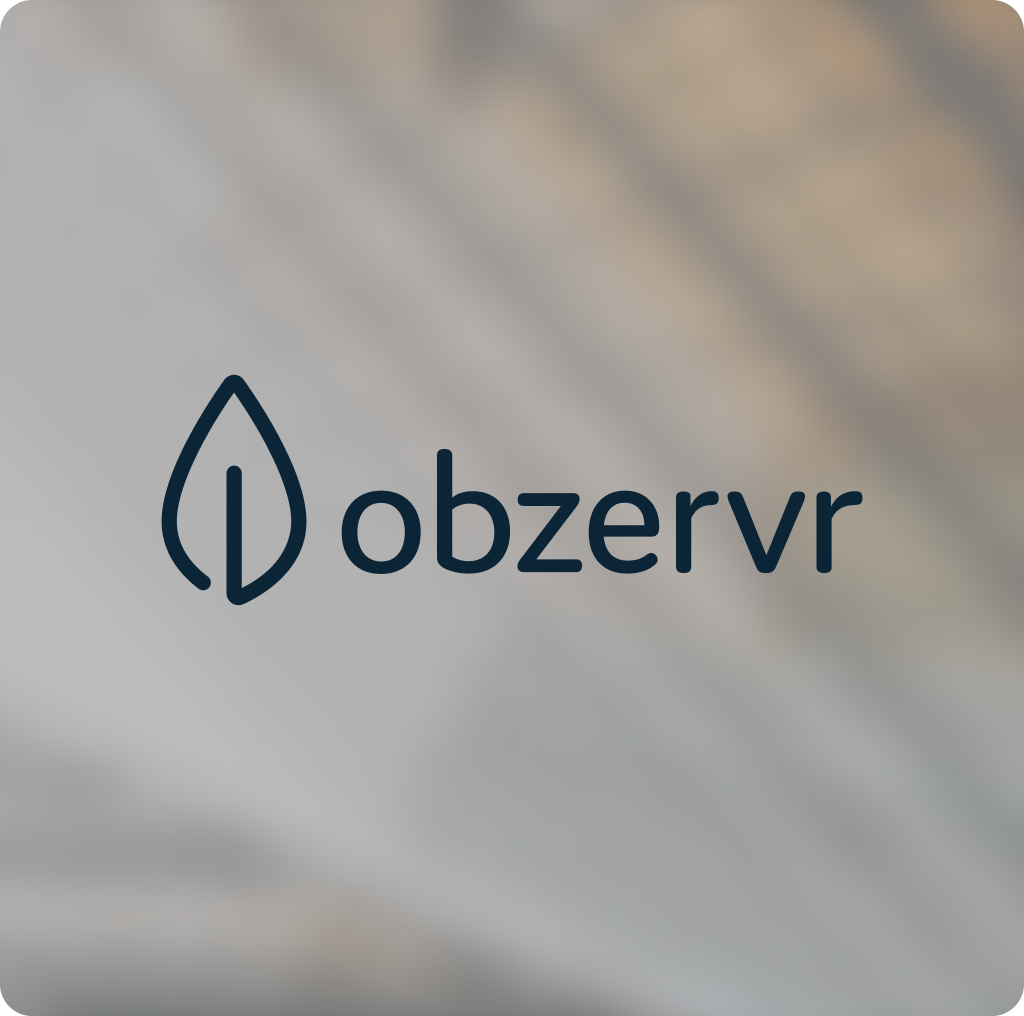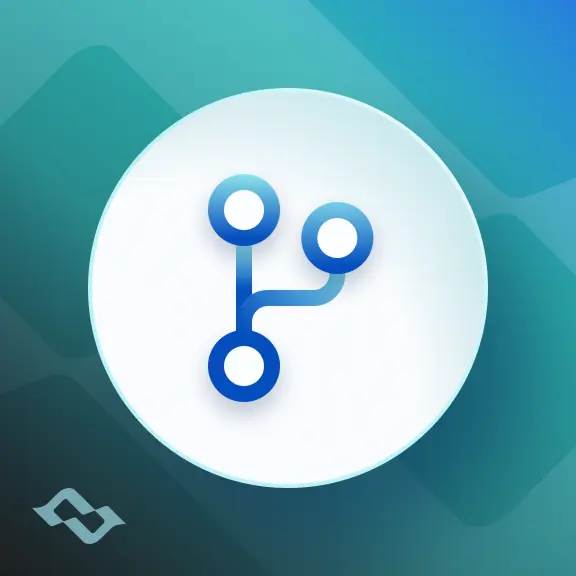In recent months, the demand for Jira-GitHub integration has been growing rapidly. Why? Because more and more teams are realizing what needs to be done to streamline collaboration between software development and project management.
Connecting Teams’ Work
Development teams rarely work with just one tool. Product managers and business stakeholders live in Jira, while developers’ code often lives in GitHub. Without an integration, such workflow creates communication gaps, so the rising goal is to link the coding status to a specific project, so that PMs and developers are on the same page.

By connecting the two environments, teams can:
- Keep issues, pull requests, and releases always in sync.
- Reduce manual updates and double work.
- Give every team member real-time visibility without switching tools.
This shift is visible in the numbers. According to Ampin App data:
- Getint installations of the Jira GitHub Connector increased by 19% in August alone.
- Across available on Atlassian Marketplace Getint connectors, installations of Jira Github ranks second with 779 installs, after Jira Azure DevOps (924)
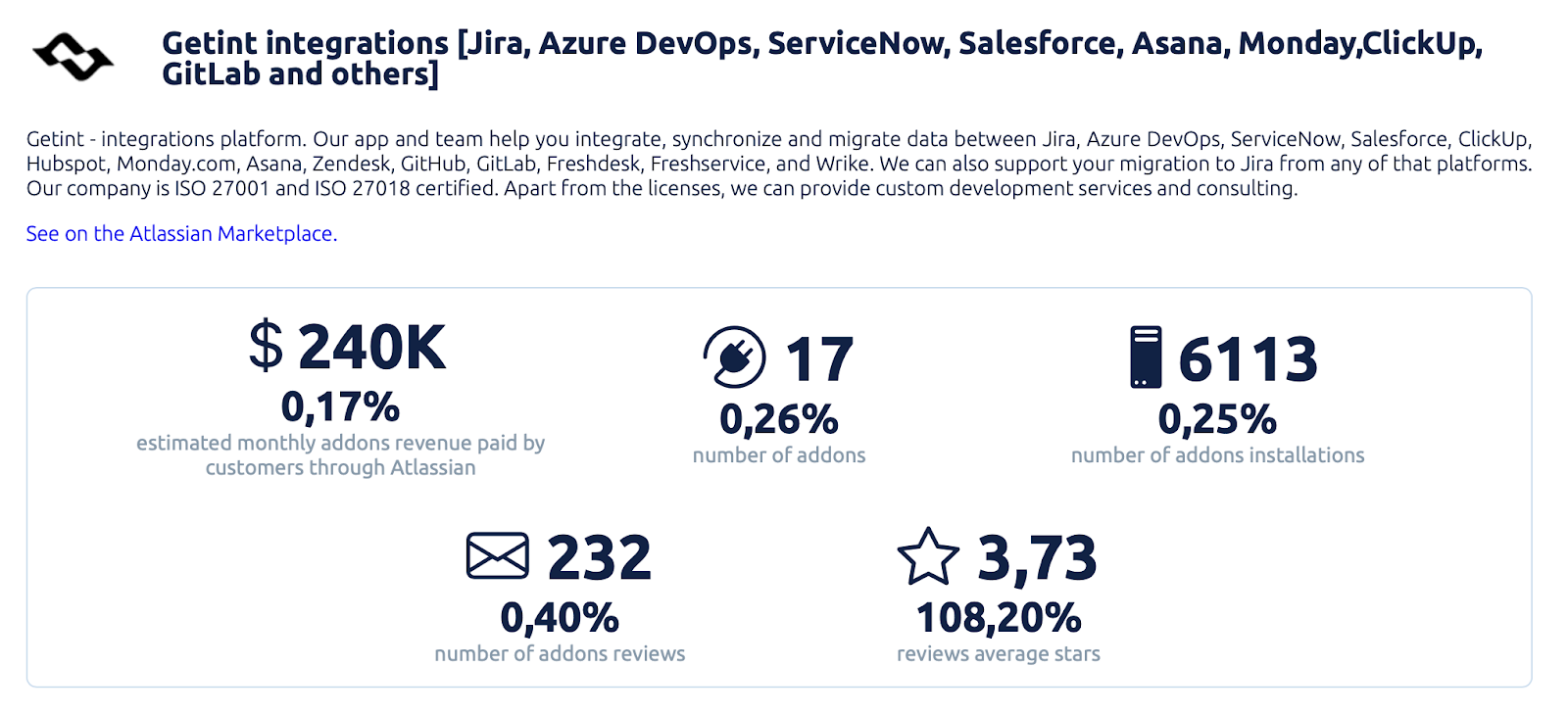
- Getint’s integrations support 6000+ installations, and that number is still climbing.
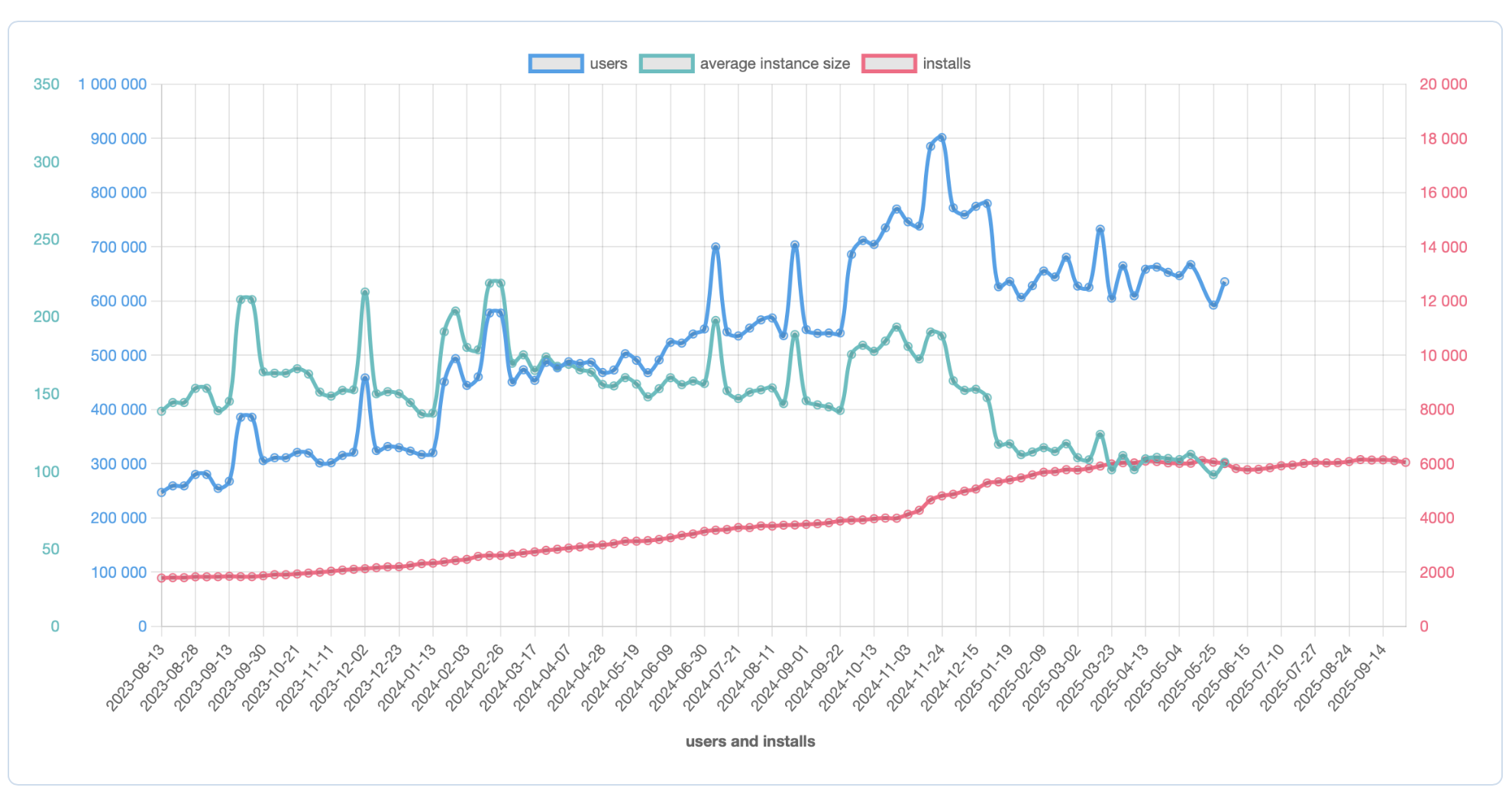
The trend is now particularly strong for GitHub-Jira synchronization, as organizations increasingly want to connect engineering workflows with product and support teams, all while keeping full control over the scattered data connecting projects.
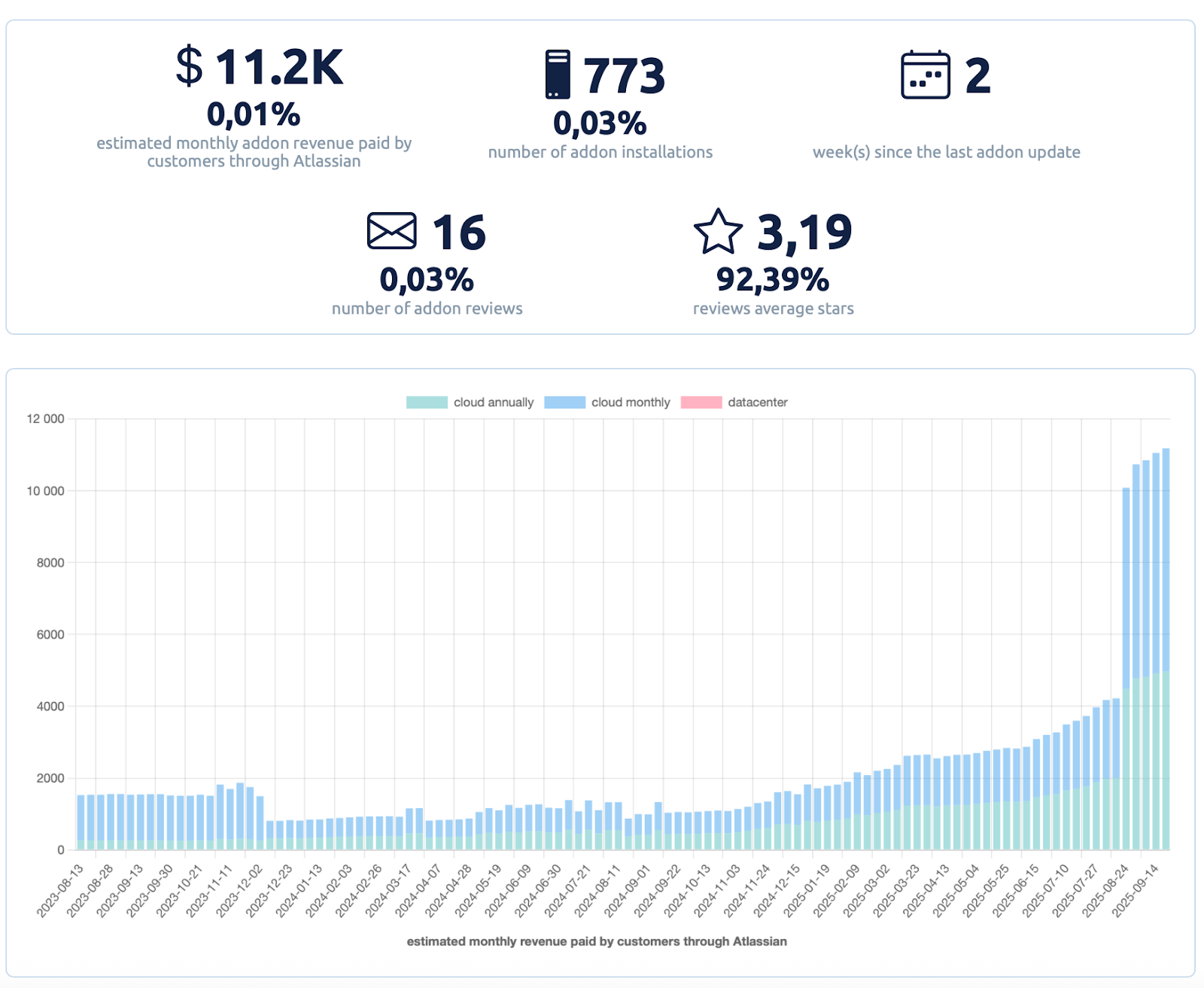
Source: The Ampin App
The Market Context
The growing demand for Jira ↔ GitHub integrations reflects a much larger trend.
The integration platform as a service (iPaaS) market is expanding rapidly - according to Mordor Intelligence, it’s expected to grow from USD 17.55 billion in 2025 to USD 79.38 billion by 2030, with a CAGR of ~35.23 %.
While general-purpose automation platforms such as Zapier or Workato dominate broad consumer and enterprise segments, many mid-market and regulated industries remain underserved. In these environments, tools like Jira and GitHub are mission-critical, but connecting them reliably is still a challenge.
That’s where purpose-built connectors highlight. Integration platforms like Getint are designed specifically to meet the workflow needs of software development, ITSM, and project management teams, delivering both depth and security where generic automation tools often fall short. This is why companies look for Zapier alternatives - solutions that deliver more personalized experience.
What We’re Seeing
The statistics and conversations with our customers show a few consistent themes:
- High year-over-year growth in connector installations.
- Adoption across many ecosystems: more and more often, customers want to integrate tools not only used by devs, but also by non-technical teams. We see the rise of the need to connect ServiceNow with Jira, Hubspot with Jira, and many other tools used by marketing, sales, HR or support teams on a daily basis.
To meet the growing needs for utilizing one tool for syncing many projects, we have implemented and continue to develop the one-to-many and many-to-many projects integration feature, which allows users to combine multiple projects from one platform with others created in a second tool. This flexibility allows for even smoother collaboration and time savings. You can communicate your projects using a single integration, treating it as a one-source of truth.
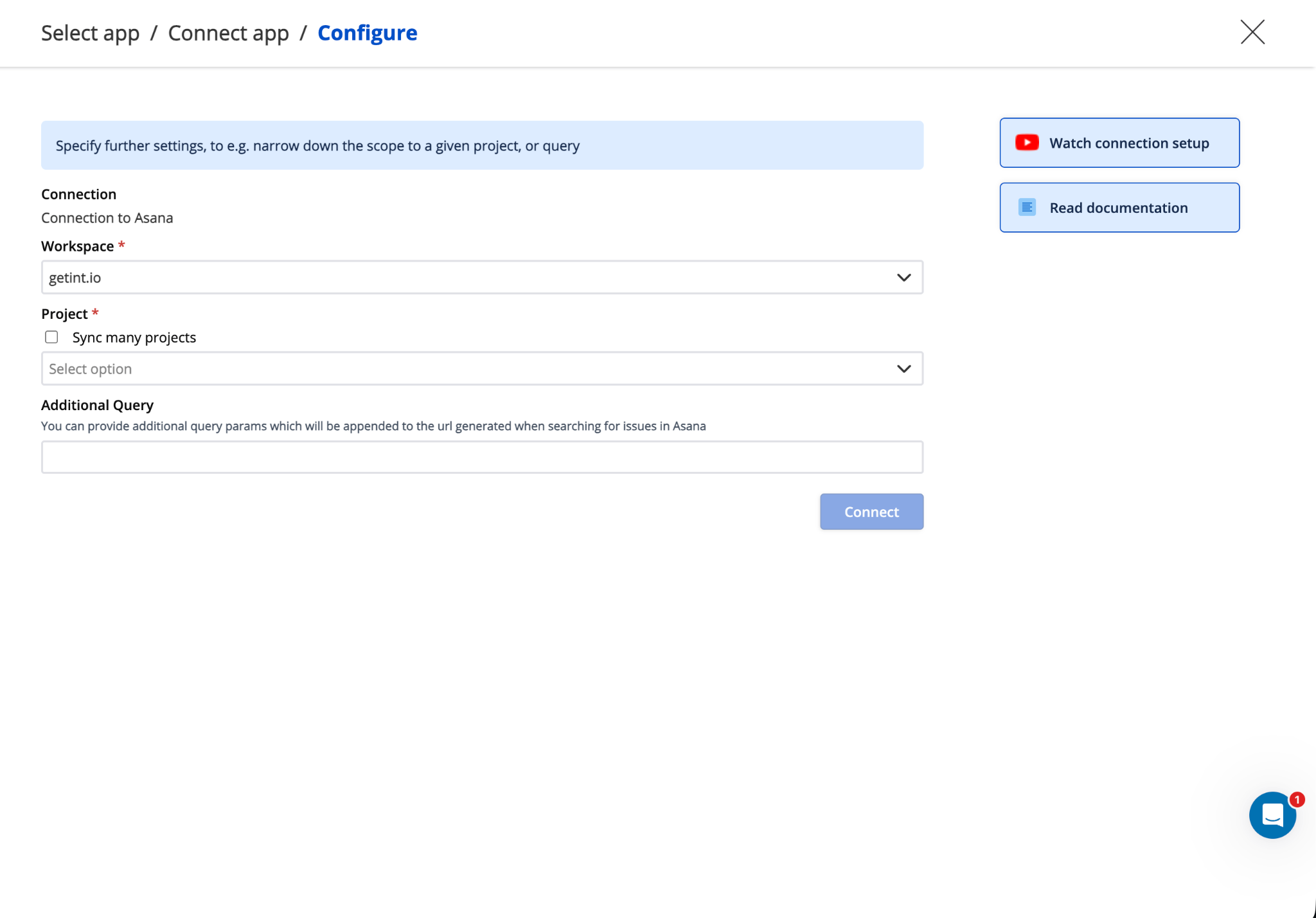
- Demand for simpler, more reliable platforms: many organizations are switching away from legacy vendors in favor of flexible, transparent, and secure integrations.
Looking Forward
The trend is clear: cross-platform integrations are shaping the fresh approach to teamwork.
As development and business teams spread across multiple platforms, the need for a seamless, secure, and enterprise-ready integration layer will only grow.
At Getint, we’re focused on building exactly that:
- Our evolving app.getint.io platform centralizes integrations.
- Our GitHub ↔ Jira synchronization is continuously improving with enterprise-grade trust and scalability.
- We support multiple ecosystems so customers can expand beyond a single integration as their needs evolve.
This is part of what we call Getint 2.0 - our next chapter as a platform that makes enterprise-grade integrations simple, reliable, and accessible.
We’re excited to continue leading this shift and helping teams around the world work smarter, not harder.

